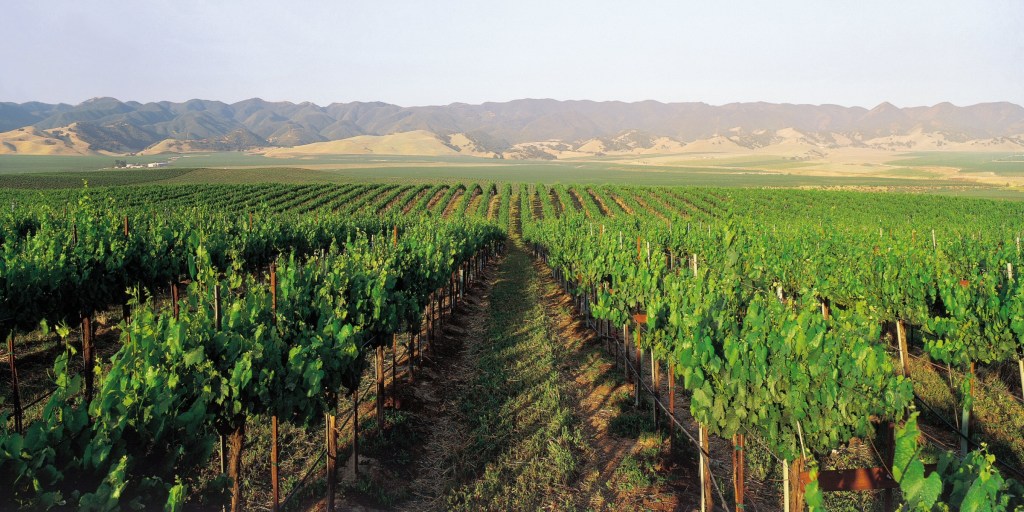The proposal for Santa Barbara County wineries to impose a self-assessment on their sales in order to pay for marketing and advocacy was presented to the Board of Supervisors on Tuesday, the latest step in a process that began back in April 2018 and may be implemented as soon as January 2021. The initiative, which would require more than 50 percent of the county’s licensed wineries to support the fee, would establish a Business Improvement District (BID) that, as currently proposed, would levy a 1.5 percent fee on all tasting-room sales.
A recent straw poll conducted by the Santa Barbara Vintners — the nonprofit organization that would see its annual funding increased by more than $1 million by the fee — suggested that more than 60 percent of wineries were in support of the idea, which is now being called the Santa Barbara Wine Preserve. The push to do so is because Santa Barbara struggles to competitively market the region against other wine countries such as Paso Robles, Napa, and Temecula, whose members pay much more in dues and receive much more support and tourists.
The BID model is used frequently by hotels to promote tourism to specific regions, and it is the major source of funding for Visit Santa Barbara and other agencies of that sort. Supportive vintners hope that, if the majority of wineries support the idea and there is no opposition from individual jurisdictions — as the county and affected cities must also approve of the assessment’s collection — the BID could be in place by January.
Get the top stories in your inbox by signing up for our daily newsletter, Indy Today.
But there remains a very vocal opposition to the idea of a self-tax, especially at a time when so many wineries are struggling due to the COVID-19 pandemic’s effect on sales. That’s coming from both regional pioneers such as Bryan Babcock, Steve Beckmen, and Stephen Pepe, and newer generations of winemakers such as David deLaski of Solminer Wine Company, who has been rallying many others against the idea.
They’ve taken their own polls and say that more oppose the idea than what the S.B. Vintners suggests. There’s suspicion over the way petitions will be counted, confusion how the monies will be collected, and disbelief that the funding will even help out individual wineries amid today’s very complex marketing world. Much of the opposition is philosophical in nature, and many of those opposed also realize that without this or some other form of funding, the Santa Barbara Vintners may cease to exist. And for some, that’s just fine.
Though the county supervisors expressed some lingering concerns — particularly to ensure that the petition votes will be collected fairly, whether the 1.5 percent fee on tasting-room sales really made the most sense, how to oversee collection of the fees, and if the monies should be used for political advocacy or not — all five were generally in favor of the Wine Preserve.
“I am really supportive of finding a mechanism to collectively market the wines, and I think that has tremendous spillover benefits to the visitor-serving businesses and to employment,” said 3rd District Supervisor Joan Hartmann, who represents the Santa Ynez Valley.
Supervisor Steve Lavagnino, whose 5th District seat represents much of the Santa Maria Valley, recognized that a new idea like this was going to raise some opposition. “Is there a perfect way to do this? Probably not,” he said. “We either do this with warts on it, or we don’t do it.” He thought that the proposed five-year assessment period would be a good amount of time to determine whether the program worked.
The next step is finalizing the petition and presenting it to all of the licensed wineries in Santa Barbara County.
Every day, the staff of the Santa Barbara Independent works hard to sort out truth from rumor and keep you informed of what’s happening across the entire Santa Barbara community. Now there’s a way to directly enable these efforts. Support the Independent by making a direct contribution or with a subscription to Indy+.

